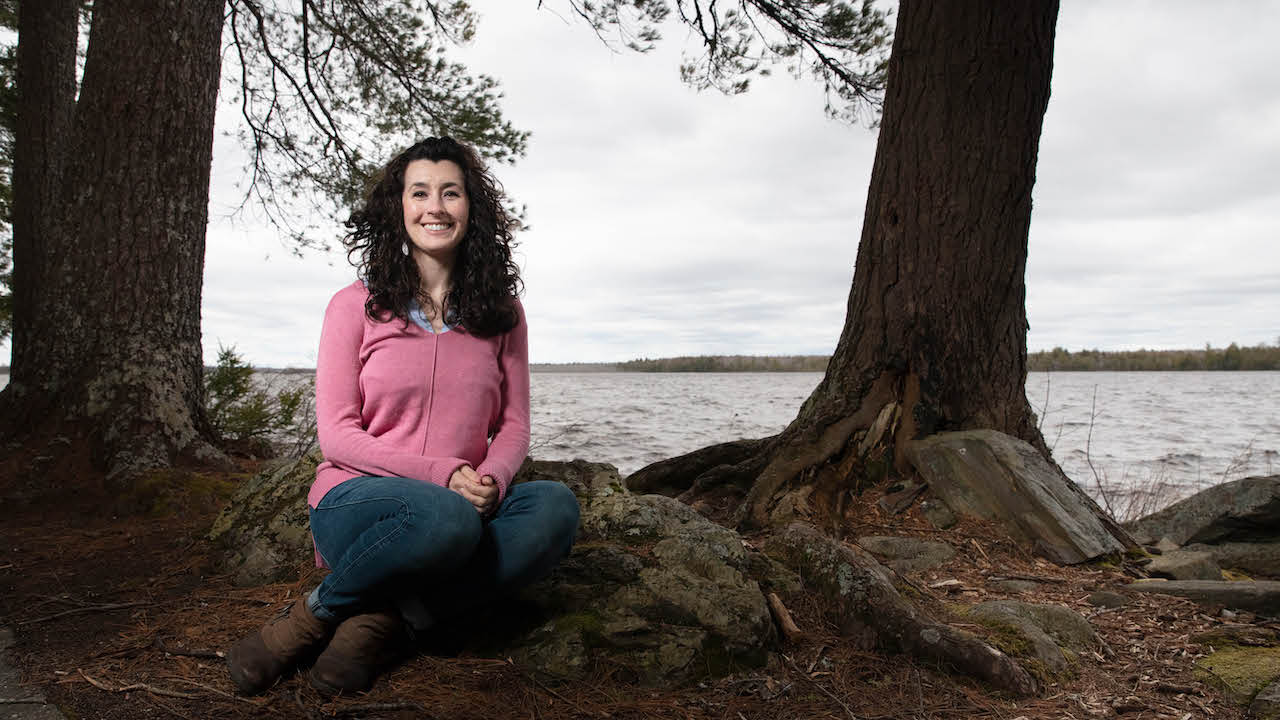
Acadia’s lakes inform harmful algal bloom risk predictions statewide
Harmful algal blooms have been on the rise across Maine in recent years. This is a troubling development for nearby communities, as the algae release toxins that may impact drinking water sources and recreation.
Rachel Fowler, a biology laboratory coordinator at the University of Maine, led a study with support from the Schoodic Institute at Acadia National Park that peered into three lakes on Mount Desert Island — Jordan Pond, Witch Hole Pond and Seal Cove Pond. By studying the three lakes, Fowler and her team developed a risk scorecard to help researchers and communities grappling with harmful algal blooms across Maine.
Matthew Farragher, a master’s student in UMaine’s Ecology and Environmental Sciences program, performed a multi-pronged approach to sample the park’s lakes. Research found that shallower lakes with more nutrients could be more vulnerable to future, harmful algal blooms.
William “Bill” Gawley, a biologist at Acadia and co-author of the study, has been collecting air and water quality data in the park for decades. This historic data allowed Fowler to examine recent environmental data for the lakes in context with the past, to identify trends and changes over time.
With the scorecard, the team then graded all of the lakes in the park based on their vulnerability.
Read the full story on the UMaine Research News website.
